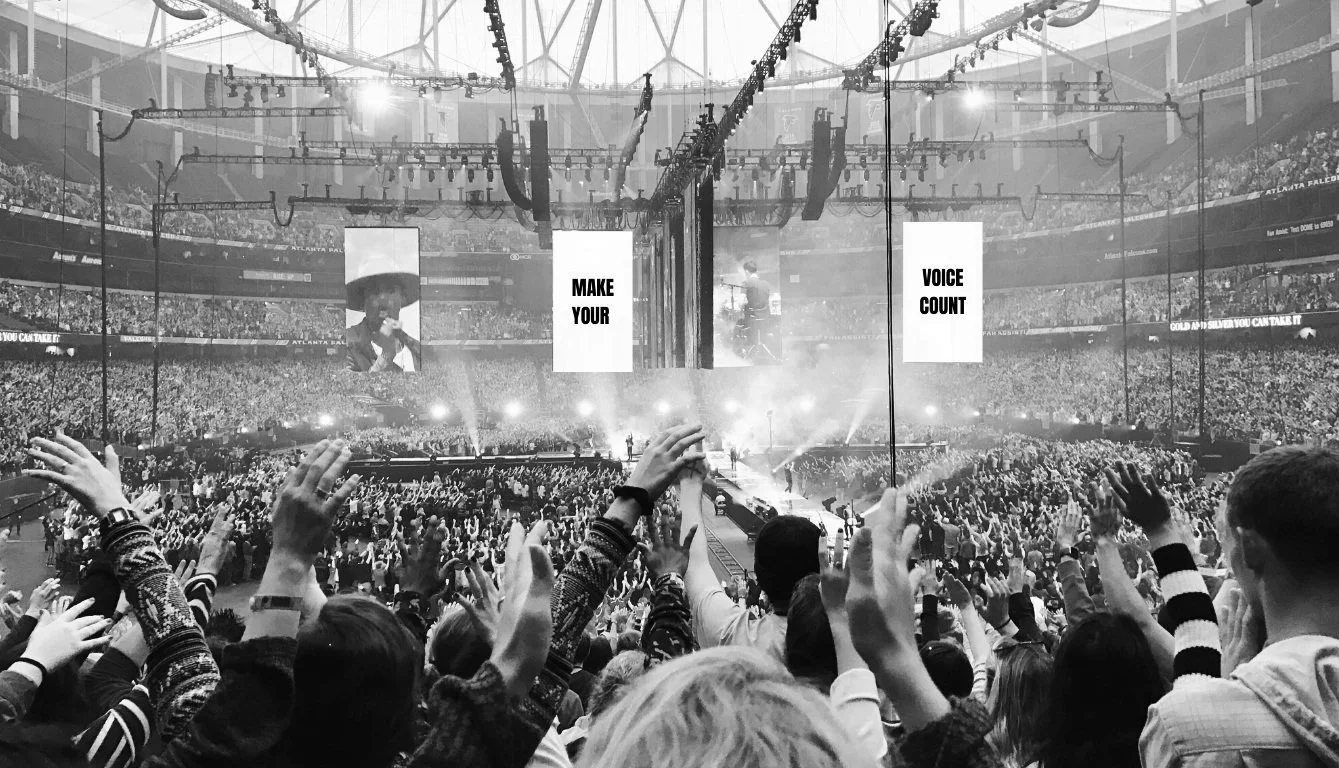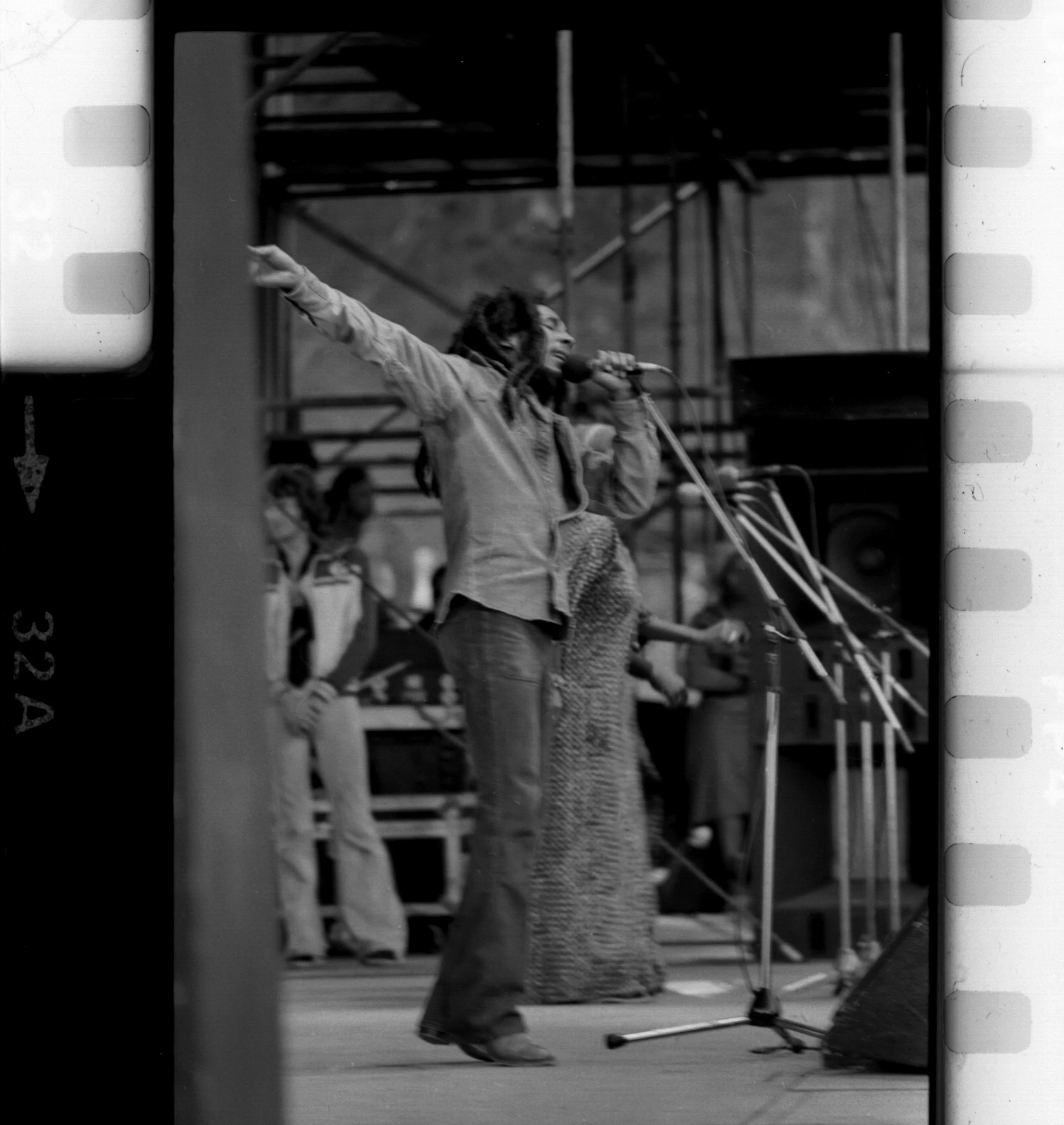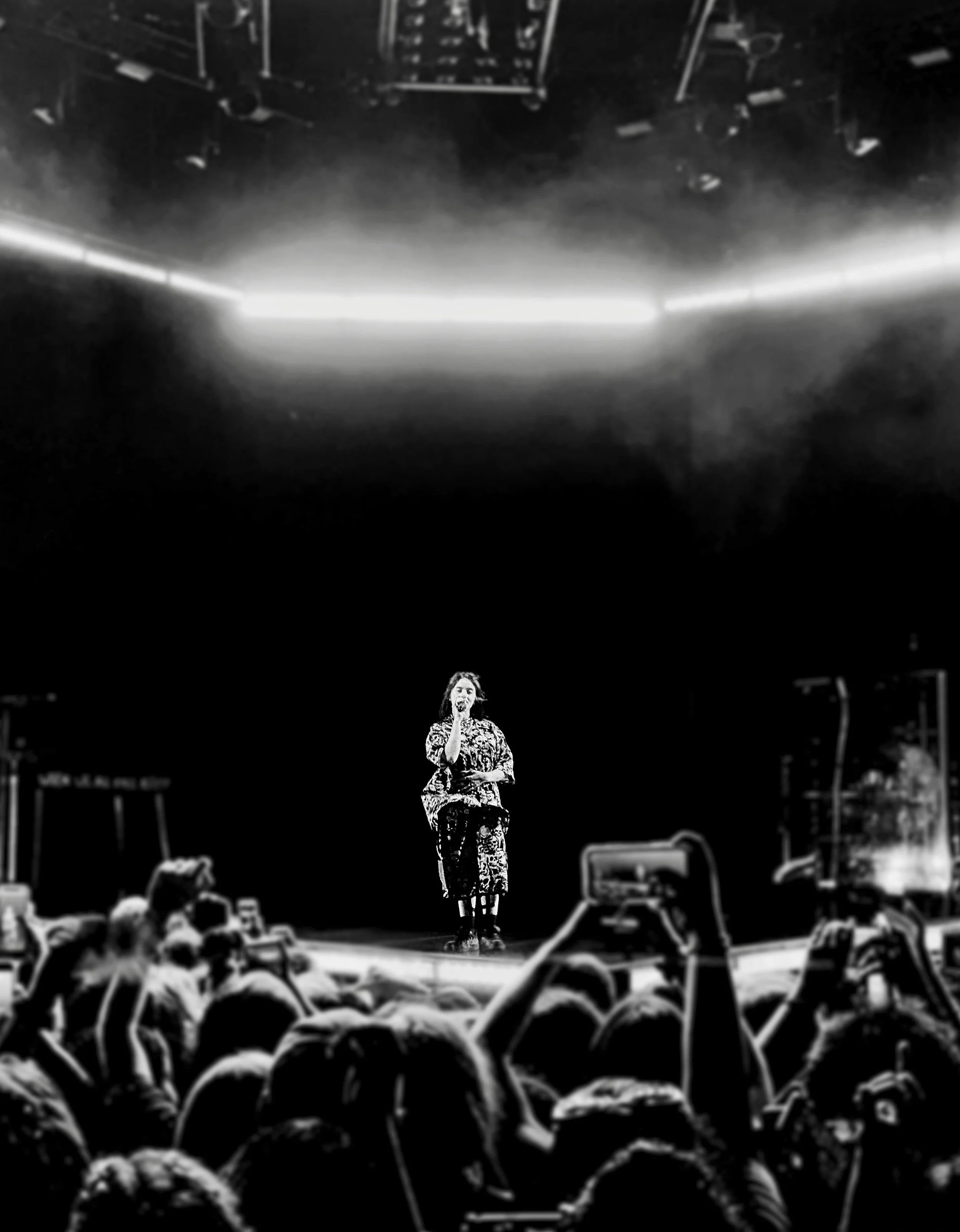Artist social impact: The new currency in entertainment
The entertainment industry stands at a pivotal crossroads. As we come into 2025 with blistering speeds of societal issues, there’s a glaring opportunity to revisit the powerful truth that artists are not just creators of music, they're architects of change.
According to TBRC, the market size of music streaming is predicted to surge to $67.87 billion in the next 4 years, giving artists unprecedented reach and influence and at the same time, fans and consumer trends tell us that impact matters to them just as much as artistry.
Gone are the days when success is based soley on streams or ticket sales, and so there needs to be a shift in how we view entertainment's role.
The traditional entertainment model was simple: create, perform, profit. But this linear approach no longer satisfies either artists or their audiences. Today's entertainment landscape is being reshaped by three crucial factors:
Audience demand: Modern audiences seek more than passive entertainment; they want to be part of a movement.
Digital democratization: Technology has removed gatekeepers, allowing artists to directly connect with and mobilize their communities.
Global challenges: From climate change to social justice, artists are uniquely positioned to address world issues through their platforms.
At Village For Visionaries, we’re committed to making the crucial distinction between charity and impact and helping our clients leverage it.
Charity is a one-time gesture; impact is about creating lasting change.It’s about embedding purpose into your brand so it connects authentically and has a meaningful effect on something.
A look back through history demonstrates how artists are uniquely positioned as leaders in impact. Their ability for emotional storytelling allows them to address complex issues like climate change and social justice in a way that resonates deeply with people. They bridge the gap between awareness and action, making critical topics feel personal and urgent and in today’s interconnected world, when they champion causes they make taking action culturally relevant and aspirational.
Some of the successes are:
• Artist-led environmental initiatives have mobilized over $100 million in funding for climate action
• Social justice campaigns by musicians have driven policy changes in multiple countries
• Community-focused artist projects have created sustainable income for thousands globally
Consumer trends show that artists integrating impact into their brand not only creates goodwill but taps into a rapidly growing market of socially conscious consumers. It can lead to major opportunities such as partnerships with global initiatives and platforms, resulting in millions of PR impressions and points of interest to keep people talking in-between marketing cycles of the new album launch or hit single.
“In other words, impact-driven entertainment isn’t just about altruism, it’s good business. ”
Global entertainment revenues are projected to reach $3 trillion by 2028 and companies with strong social impact and sustainability initiatives are showing above-average growth rates.(PwC Global Entertainment & Media Outlook for 2024-28)
Artists no longer have to choose between making an impact and making money because the truth is the two can and do, work hand-in-hand.
As with anything, it is the early adopters that get the proverbial worm.
Those who build their platforms incorporating impact create careers that transcend traditional industry cycles, open various revenue streams, and branding and PR opportunities and the added satisfaction of seeing the difference they make both on and off the stage.
Billie Eilish ( Unsplash )
Pitfalls and missed opportunities that we see are when artists try to make a difference through one-off donations or poorly advised charity PR stunts that inevitably garner reactions and accusations of greenwashing or being performative.
When our clients make the shift from charity to impact they recognise how to avoid these setbacks, while simultaneously clarifying and simplifying an approach to weave in impact, allowing the artist to show integrity behind their efforts and SO much easier for managers and teams to execute.
Billie Eillish is a great example of this. She’s woven sustainability into every aspect of her career, a commitment rooted in her eco-conscious upbringing. Along with her most recent partnership with Google Maps, which helps fans find sustainable routes to her concerts and plant-based dining options, Billie’s advocacy extends to major initiatives and partnerships with global organizations. She opts to wear repurposed fashion to awards and her team has created systems to reduce waste in the touring industry. Fans are encouraged to bring refillable water bottles, and they can participate in clothing swaps, promoting second-hand fashion over purchasing new items for the show. The tour merchandise is made entirely from 100% recycled or organic materials, reducing the environmental footprint of the entire tour.
Strategic efforts over time naturally incorporate impact across various touch points of a brand’s identity and operations. Building trust, authenticity, a deeper connection with fans, and ultimately driving financial success through a strong alignment between values and action.
Here are some essential first steps:
Identify Your Cause: Choose issues that genuinely resonate with your values and artistic vision. Authenticity is key.
Build strategic partnerships: Connect with organizations already working in your chosen area. Collaboration amplifies impact.
Engage your community: Start conversations with your audience about issues that matter. Listen to their responses and involve them in solutions.
Measure and share impact: Set clear goals and track your progress. Share both successes and learning moments with your community.
As we look ahead, it's clear that the future of entertainment lies at the intersection of artistry and impact.
Artists who embrace this evolution aren't just securing their place in the industry's future – they're actively shaping it.
The question is no longer whether to incorporate impact, but how to do it most effectively.





